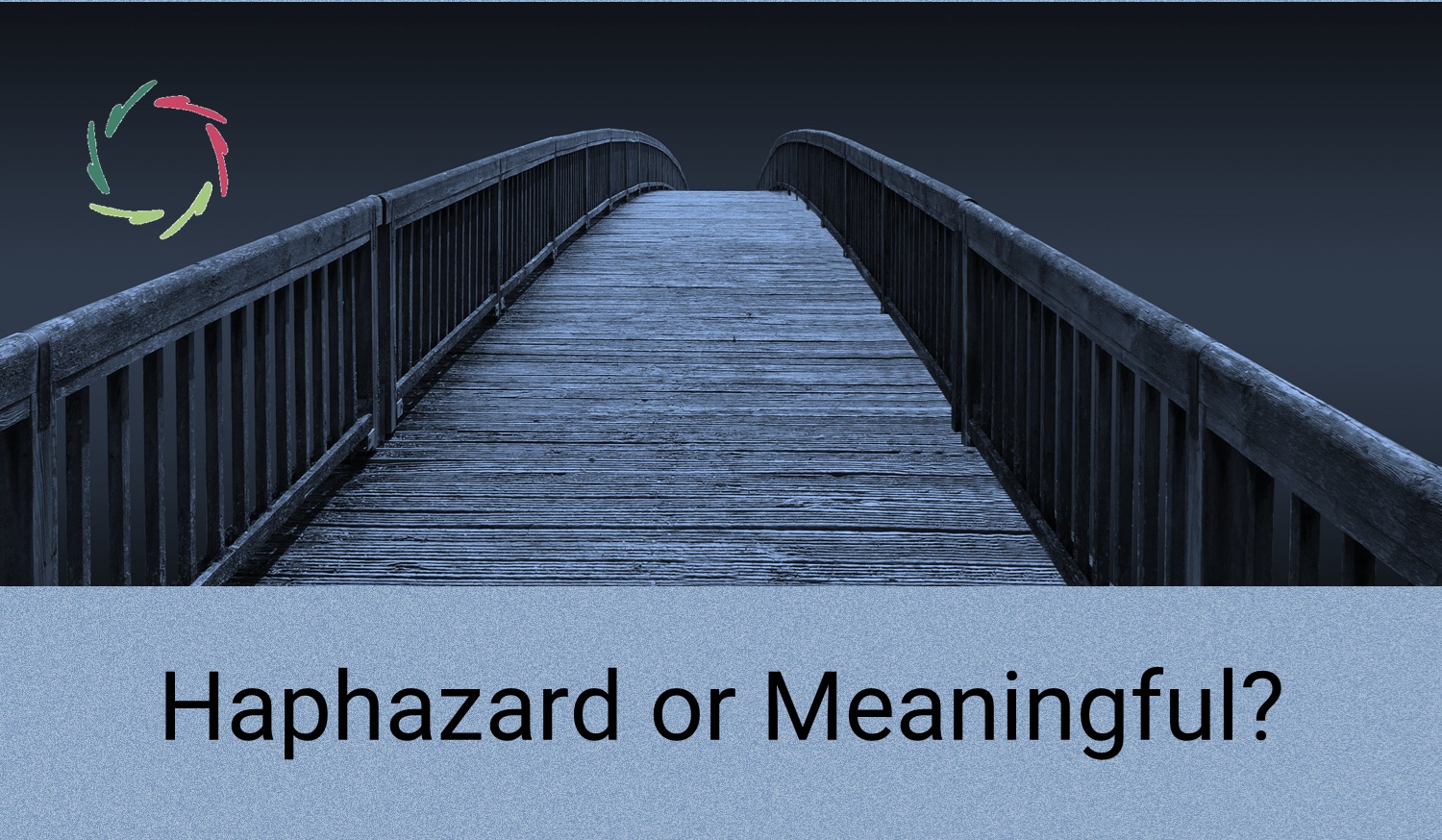What’s the Problem?

The problem is worldwide.
Burnout within company X -> search for a direct solution.
Symptom Y in psychosomatic healthcare -> search for a direct solution.
And in combination: a lot of physicians – apparently more than any other profession – get into burnout. Part of the cause may well be their being incarcerated in a problem -> solution mind-frame. They work with it all day, every working day. Even worse (slightly hypothetically): they see their (psychosomatic, stress-related…) patients ‘getting better’… really? Profoundly? Durably? What is happening between physician and patient ‘deep to deep’ in the meantime? Do they themselves consciously know?
What’s the real problem?
Before searching for a solution, it’s good to know which problem one is trying to find a solution for. Logical, no?
At least it prevents one’s running into the completely wrong direction. Think ‘diets’, think ‘fighting against depression, psychosomatic issues, addictions, burnout within company X… In these cases, ‘against’ is the wrong direction, since it means against… oneself.
So it clearly helps to have a clear understanding of the correct direction. Whether this needs to be a conscious understanding is yet another issue.
In Western based societies, all kinds of mind-related problems get bigger and bigger. The prime reason for this is that we are running in the wrong direction, with the real problems / solutions behind us, almost literally: looking for them right before one’s eyes, one can lose sight upon what is right behind those same eyes.
So, should one forget trying to solve the ‘problem before one’s eyes’?
Nope.
But one should not without any broader vision search for the direct solution for that problem.
Starkly put, the real problem of a drug-addict – for instance – is not his having a lack of drugs. That problem however also gets ‘solved’ and in a much better way by another solution to another problem: treating his addiction… which by the way doesn’t mean an aggressive fight against his addiction. One needs to look even further.
In most mind-related cases, the real problem (and real solution) lies in how people relate to their own deeper mind-layers: where mind and brain coincide in meaningful ways. Of course, the environment also plays a big role in this. This environment is created/chosen to a more or less large degree (but not completely) by the people themselves.
So, where to start?
In my opinion, it’s not very functional to start in the wrong direction. It’s best to be as open as possible, as quickly as possible. A person / people may not be ‘ready for it’… true… any marketeer may say to first ‘lure them in’ under the pretense to solve the ‘most obvious problem’.
But that is not the AURELIS way.
The branding of AURELIS – which is also AURELIS itself – is about openness from a to z.
AURELIS is not a solution to problems-as-they-are-generally-seen. It’s in the first place about opening these problems so that the real problem appears.
It’s a different world.
Or: it’s the same world looked upon with different eyes.
It’s up to you, dear reader, to decide which eyes you prefer.


